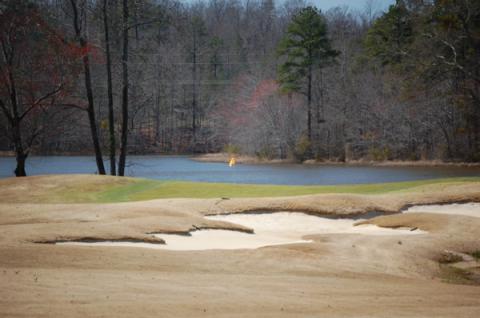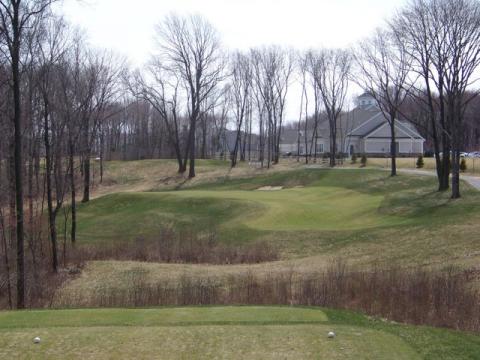
The Robert Trent Jones Trail in Alabama fared quite well in Zagat's 2009 guide to America's Top Golf Courses, including the Grand National course in Auburn, which was rated at a strong 26 of 30.
Spring is the season for golf course rankings. Golf Digest published its list a few weeks ago and Zagat's sent me its latest annual "Ultimate Golfer's Guide" the other day; Zagat asks me, as it does hundreds of others, to contribute my thoughts about some of the public courses I have played the previous year, in exchange for which they send me a free copy.
Golf Digest includes both private and public courses in its rankings, but of course the pampered private ones
One other key difference between the listings: As mentioned, Zagat's includes the opinions of the average Joe to build its rankings. Golf Digest uses "raters," low-handicap players who are well connected enough to be invited to play at some of the nation's finest layouts. The average Joes, actually, do quite well in terms of their judgments when you compare the two lists. For example, the top public venue on Golf Digest's list is almost a cliché, Pebble Beach, at #6 overall. Pacific Dunes follows at #14, the only other course in the top 20. Whistling Straits weighs in at #22 and The Ocean Course at Kiawah Island #25.
Zagat's guide differs only slightly, with its contributors agreeing that Pebble Beach is the best public course in the land, but putting Bethpage Black, site of this year's U.S. Open, at #2, and Pebble Beach's companion course Spyglass Hill at #3. The next three slots in Zagat's, in order, are held down by Whistling Straits, Pacific Dunes and The Ocean Course. Bethpage Black ranks #29 on the Golf Digest list. Rounding out the top 10 on Zagat's is Bandon Dunes (#7), Pinehurst #2 (#8), Kapalua Plantation (#9), and The Stadium Course at TPC Sawgrass (#10).
In its index, Zagat's includes a wide range of categories, such as those that will appeal to the budget conscious, those with the best clubhouses, the best 19th holes and the courses that are the most environmentally
Note: Golf Digest publishes its rankings online at golfdigest.com/rankings. Zagat's rankings are not available without paying a fee, but if you want me to look up your favorite course, send me a note and I will be happy to.

























